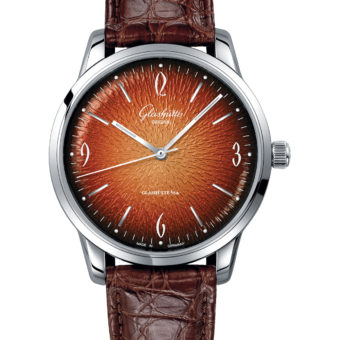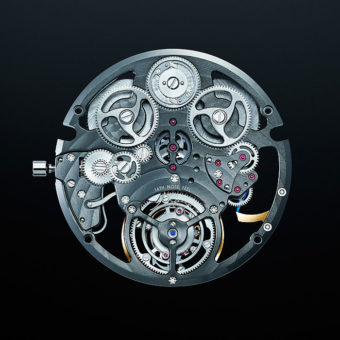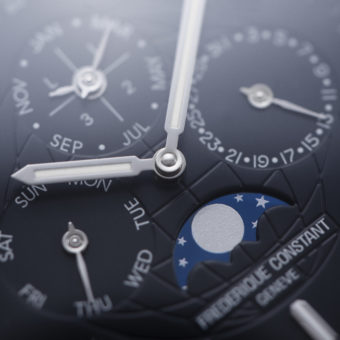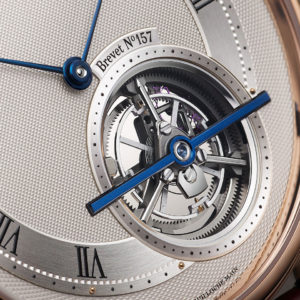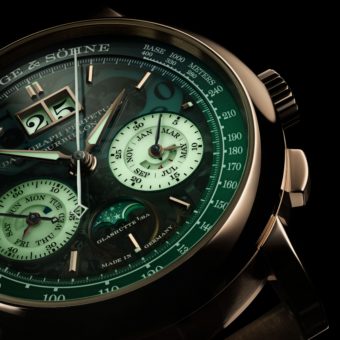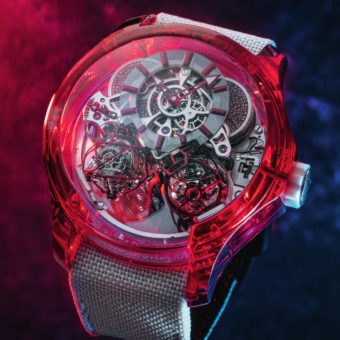Some watches are simply statement pieces that stand out in every way. The Piaget Polo Emperador Skeleton Tourbillon is such a watch. Its diameter of 46.5mm is not something that you would expect from a posh brand like Piaget, mainly known for its exquisite ultra-slim dress watches. This watch has a different mission: to unapologetically impress whoever sees it, and it does a fine job at that.
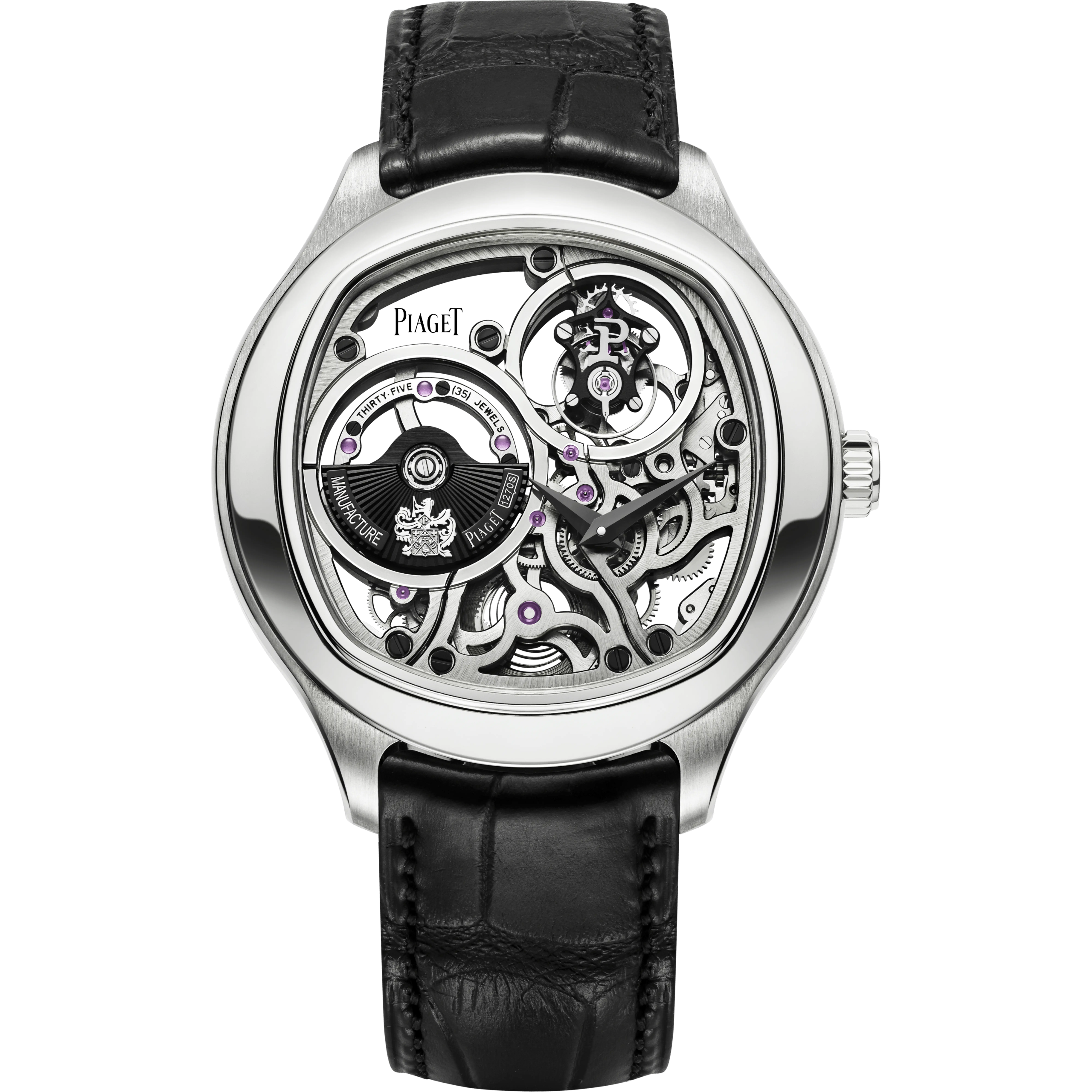
While large, this Piaget is also well proportioned, with its cushion-shaped case crafted from 18K white gold. Piaget sold it for many years as part of the Emperador collection but now felt the need to add the name Polo to it, a connection that this watch doesn’t really need to sell. For that, it has its movement. It features automatic winding and combines this with a flying tourbillon. While this is already impressive enough, Piaget skeletonizes the caliber, which can also be considered ultra-thin with a height of just 8.85mm. Piaget constructed the movement in such a way that each of the leading elements in the caliber has a stage of its own. The flying tourbillon and the hands for the hours and the minutes occupy the right side of the movement, while the micro-rotor dominates the left.

Piaget opted for a subtle finish. The bridges are chamfered, and those surrounding the micro-rotor and tourbillon are shaped to form an eight. This is a clever move, as this number has a special meaning in various cultures that also highly appreciate fine watchmaking. For optimum winding efficiency is the micro-rotor crafted from platinum, yet this precious metal is hidden underneath a black PVD coating. This brings it in line with the hands, part of the tourbillon, as well as the screws that secure the bridges. It also gives the Polo Emperador Skeleton Tourbillon a subtle touch, combined with its black alligator leather strap, yet this modest sense of understatement only enhances its eye-catching qualities. Price, in the same sense of modesty, is on request.
For more info, visit Piaget, here

